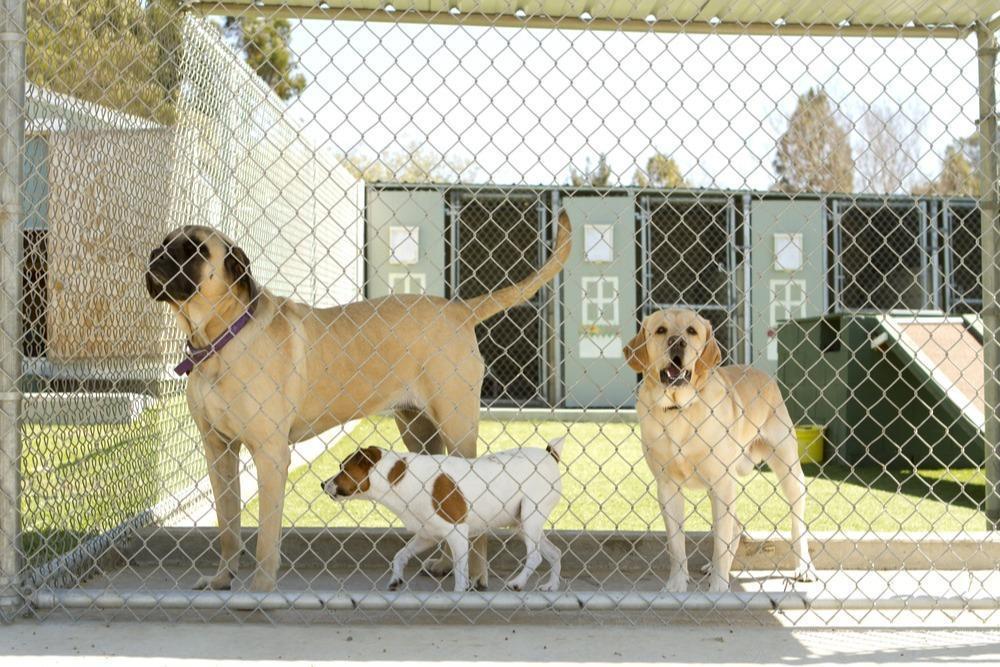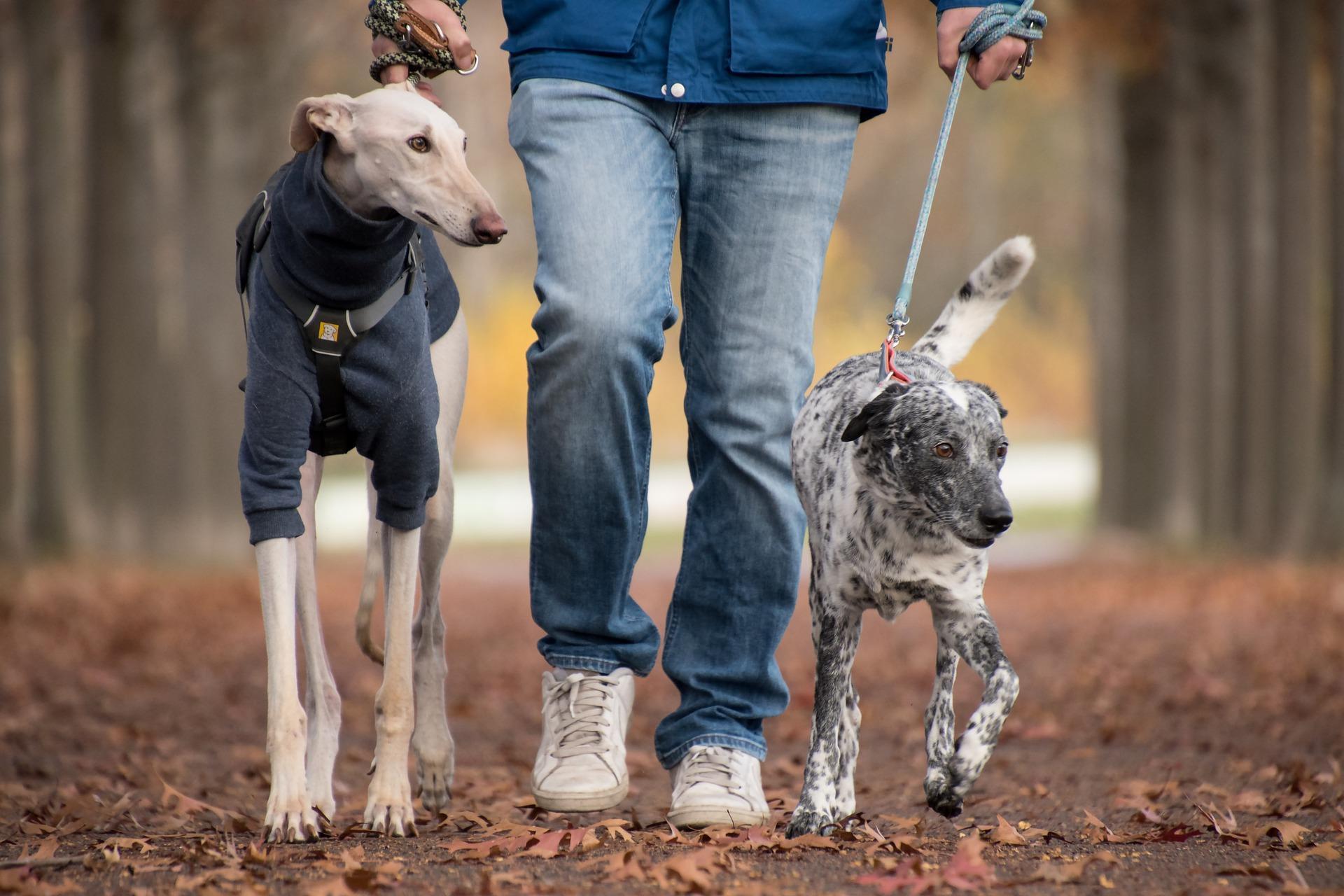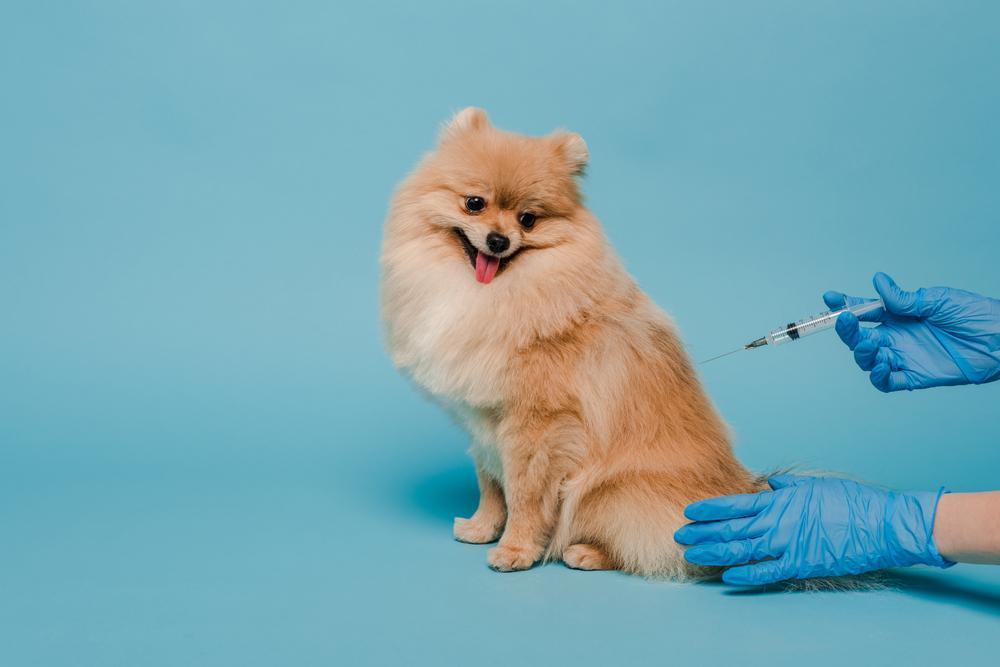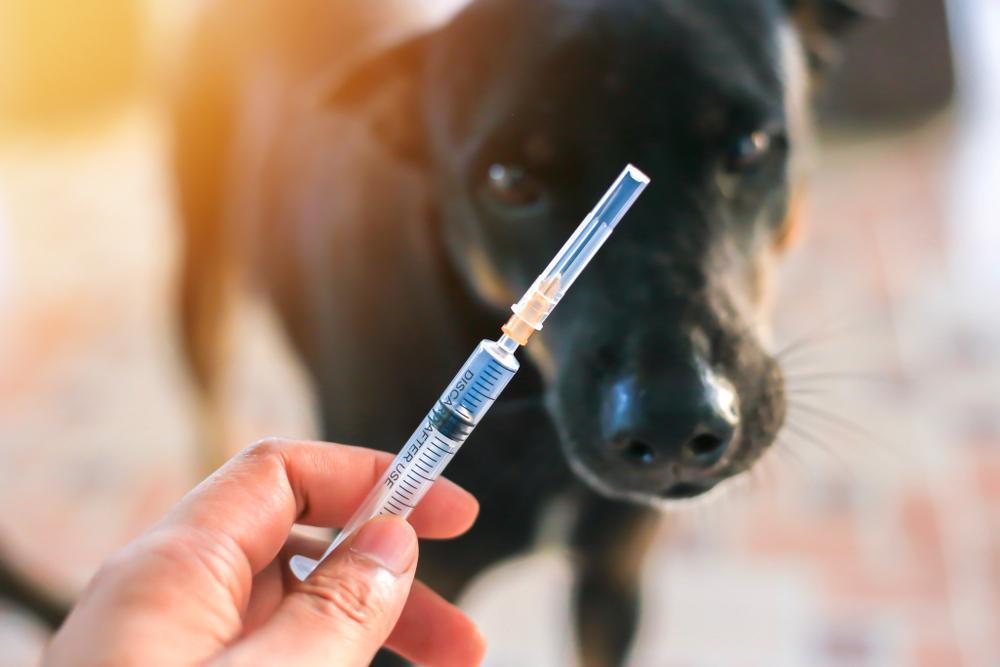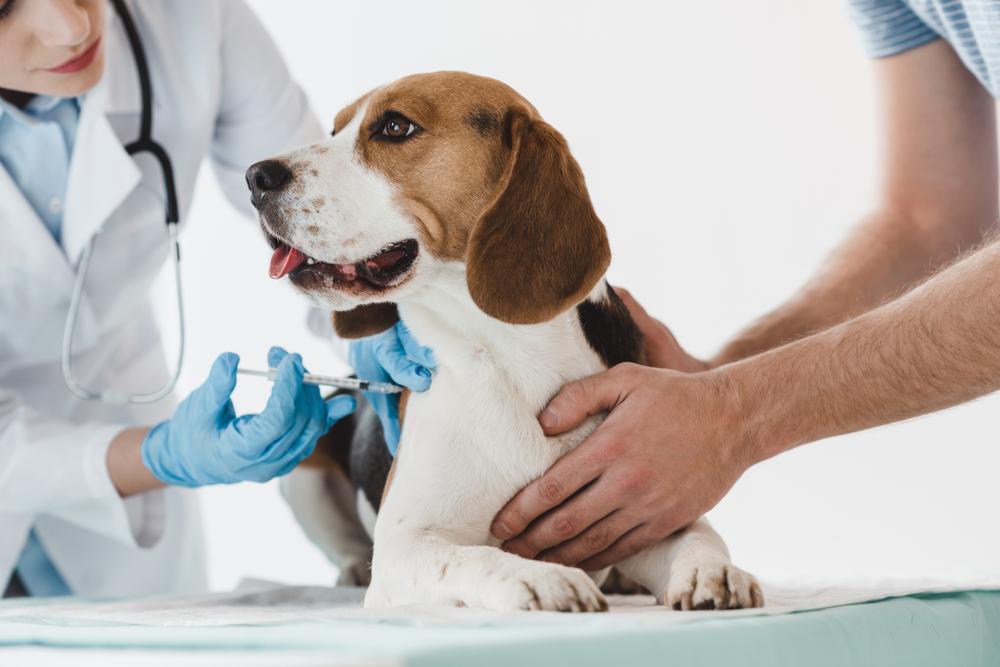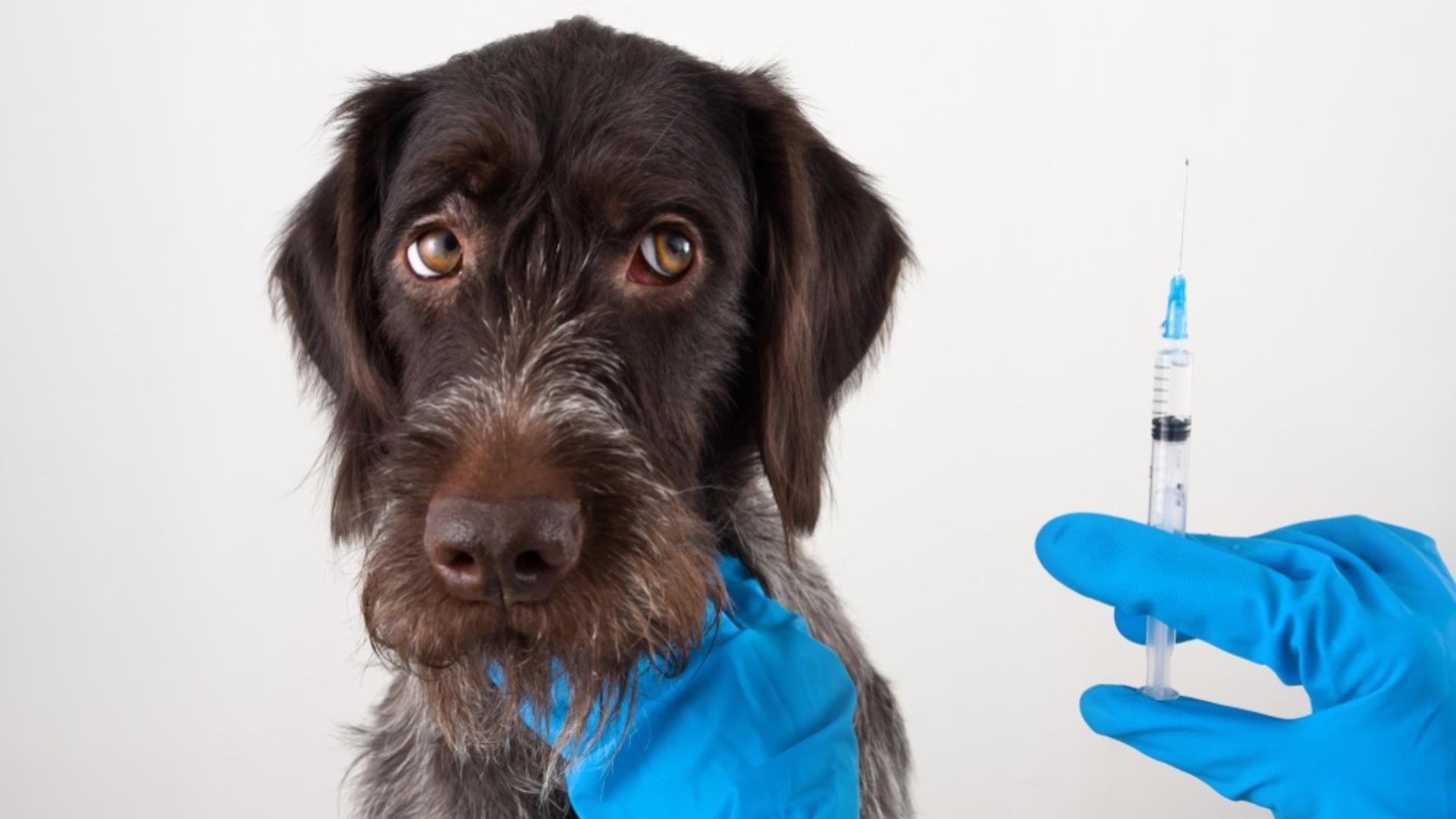A global infection of both humans and animals, leptospirosis is on the tip of most owners and dog professional’s tongue. Caused by the pathogen icleptospira spp. it is a major zoonosis, with infection acquired from wild and domestic animals.
Canine leptospirosis presents very similarly to the syndromes presented in other species with hepatic, renal and pulmonary ramifications.
In short, it’s pretty rough, but vaccine induced immunity is restricted to serologically related serovars and is generally very short-lived; therefore, needing annual revaccination. If there are more than 230 serovars belonging to at least ten pathogenic species, does the vaccine even pose benefits? Or do the risks outweigh them?
We are going to look at the science and explore both sides to this story. Fancy coming along for the journey?
Leptospirosis is characterised by fever, jaundice, vomiting, diarrhoea, renal failure, haemorrhages and ultimately death. However, for those who recover, they may become asymptomatic renal carriers for extended periods and shed infectious leptospires into the environment. This is a large source of infection, as rats can be carriers but do not show signs of infection.
Whilst treated dogs can shed leptospires, so can vaccinated dogs. This raises the first red flag; is this potentially increasing exposure?
Most signs of leptospirosis become apparent in the first week after infection; younger dogs, less than 1 year of age tend to get the most severe forms of leptospirosis and 87-100% of infected dogs will have some degree of renal implication.
There do appear to be different clinical parameters of the infection:
Peracute Disease: super-sudden onset which usually affects younger dogs with an overwhelming exposure. The large amount of toxin causes rapid death before the kidney or liver disease even occurs.
Acute Disease and Subacute Disease: this is the classic form which manifests as fever with bruising and bleeding, general muscle pain and painful abdomen from kidney and/or liver disease. There may be jaundice and inflammation in the eyes.
Chronic Disease: recurring fevers, chronic hepatitis, chronic kidney disease, uveitis, poor appetite and weight loss.
However, leptospira interrogans sensu lato is sensitive to doxycycline which is a readily available antibiotic. Leptospires are cleared from the blood within 24 hours of starting antibiotics. But it does take around 7 days to clear from the urine.
Prognosis, depending on organ damage is 80-90% with appropriate treatment.
There are, however, other serovars, like the pomona which is associated with more severe disease and in severe kidney cases, dialysis can be required which is often limited.
So, whilst treatment is largely effective, if started soon enough, there was clearly enough concern to develop a vaccine.
Vaccination against leptospira interrogans sensu lato is available for the seravars canicola, grippotyphosa, pomona and icterohaemorragiae. Some vaccines coverall four serovars, whereas some cover two of the four. This is where you will recognise the common lepto two or four vaccine.
Vaccination against canicola and icterohaemorragiae has been traditional for dogs and vaccination overall, has been seen to reduce the severity of the disease, but will not prevent infected dogs from being carriers.
Note, it supposedly reduces severity, it doesn’t necessarily prevent occurrence.
The leptospirosis vaccine was soon associated with a higher chance of vaccine reactions. This is a result of human research into leptospirosis.
In the U.K. in 2014 , over 2000 reports of Novibac L4 adverse reactions have been reported to the VMD (Veterinary Medicine Directive) and around 120 suspected deaths related to vaccinosis.
In addition to this, data suggested that the severity of the disease was associated with the intensity of the immune response. In short, the more intense and early the response, the more severe the disease.
Findings here
If our immune system, and our dog’s, is primed to take out antigens and protect, why does a more intense response seem to make things worse?
An intense immune response induces a high level of inflammatory cytokines which can result in severe tissue lesions. Immunity is like the porridge in Goldilocks. It can sometimes be too cold (lacking) and sometimes too hot (overzealous). Ideally, we want it, just right.
There are many things that affect immune responses, in the case of lepto, a more intense response was associated with previous infection.
Fever was induced by virulent injection in previously immunised rabbits whereas non-immunised rabbits exhibited no fever after injection.
So, in this case, the immunised rabbits fared poorer than non-immunised rabbits. See where we might be going with this? So we are vaccinating to potentially reduce, not prevent the severity of infection but here it appears those rabbits immunised, had a more severe reaction to exposure.
But, stress, nutrition and the environment can all affect immune responses too. So too, can genes. This can help explain why some animals are more, or less susceptible to pathogens (or vaccines) than others. And explain the age-old statement, but my dog was fine!
It therefore raises no eyebrows when reports appear of clinical leptospirosis in numerous dogs when they had previously been vaccinated. You’ll remember this from earlier, when it was deemed to reduce severity, not necessary prevent occurrence.
This was however, associated with vaccine type. In short, the dogs were vaccinated against only two of the many pathogenic serovars. So, in walked Lepto 4. But these new vaccines were associated with further increases in vaccine reactions, not limited to local swelling or hypersensitivity, but including cardiac abnormalities. Specifically, heart murmurs appearing between first and second vaccination.
Findings here
What is particularly interesting in studies exploring the use of lepto 4 vaccines, is that dogs demonstrated antibodies to serovars not vaccinated against. Researchers have therefore concluded that
natural exposure (not vaccine exposure) to serovars provide positive titre results. Not only that, but in cases of vaccinations up to 1745 days previously, some dogs still demonstrated antibodies.
This raises a question around the need for such frequent booster vaccinations. The take home from this particular study was “seroconversion following vaccination differed considerably among individual dogs.”
Yet they still concluded that, “in the light of the high incidence and mortality rate associated with clinical leptospirosis in dogs in Europe, vaccination with this tetravalent vaccine can be advocated for every dog with potential exposure to leptospires.”
Findings here
So, where do we find leptospires?
They are generally found in ponds, rivers, puddles, sewers, agricultural fields, and moist soil. Seemingly everywhere. They are found in biofilms and live in the kidneys of various wild and domestic animals. Leptospirosis is generally spread by rats.
It is a risk to humans, but rare in the UK. So rare, that there is no vaccine. Treatment by antibiotics is the general approach.
All human literature highlights that the extent of organ damage is dependent on the virulence of the organism and host susceptibility. Animal studies also highlight that intragastrically infected animals display no signs of illness, posing gastric acid as a modulator of infection. So, could gut health again be factor in health and disease? Also noted is how saliva and mucosa make up a natural defence.
Findings here
However, leptospirosis infection can occur through open cuts and wounds.
It is not entirely clear how prevalent leptospirosis is, but in the UK, there is seemingly a low rate of infection. It’s also not a notifiable disease to the APHA. Notifiable diseases are those deemed potentially dangerous to human or animal health. Lepto doesn’t appear to be.
Findings here
Whilst it’s old data, and in the absence of newer, there were 3 diagnosed cases of leptospirosis in dogs in the UK in 2013. It of course raises the question, are cases slow simply thanks to vaccination? Many cases reported do in fact occur in non-vaccinated dogs. Without vaccination uptake data, it would be difficult to explore this any further. Here, it pays to be reminded that cases of leptospirosis still occur in vaccinated dogs at a high rate.
Findings here
But are vaccines really that bad if they prevent such an awful infection?
The VMD reports 0.064% adverse reactions with administration of the leptospirosis vaccine. It is also noted that most vaccines are given in conjunction with others, so it cannot be conclusively deemed lepto specific. They are also often administered alongside flea and worm treatments.
Social media groups and forums with tens of thousands of members dispute these reports, however. Is the potential risk of vaccination side affects measured against the potential of contracting the disease and not surviving?
There are reports of the vaccine causing the very disease it is meant to prevent along with a plethora or adverse effects including anaphylaxis, anorexia, dermatitis, uncontrollable itching, vomiting, lethargy, lameness, fever, dehydration, polyarthritis, kidney failure, liver failure, pancreatitis, mast cell disease, diarrhoea, and even death.
However, these are anecdotal. Simply because it poses incredibly difficult to access official documentation in dogs. Attributing any conditions to vaccines would warrant further testing,and in the case of death, an autopsy.
All of this aside, it also begs the question, is the lepto debate simply the tip of the vaccine iceberg?
Lepto vaccines are inactivated which means they contain adjuvants to enhance the immune response. Intense immune response is associated with more severe disease. They also contain preservatives, in this case thiomersal.
Findings here
Thiomersal is deemed
safe and said to be eliminated by the body quickly, yet it has been removed from many human vaccines.
Findings here
Much of the research highlights that vaccination responses differ between dogs, and in fact intense immune responses are associated with more severe disease. Human literature highlights that the extent of infection and subsequent damage is largely dependent on the virulence of the organism and host susceptibility, but this is rarely considered in our canine counterparts; the risk of lepto is simply deemed high enough to advocate vaccination for every dog with potential exposure.
Lepto rates are seemingly low in the UK, and it will be argued that this is thanks to vaccination, but it is also anon-notifiable disease, which by definition is a disease that isn’t potentially dangerous to human or animal health. Lepto can also be successfully treated with antibiotics and is effective 80-90% of the time, depending on progression and organ damage. Antibodies are also found thousands of days after vaccination, which raises a question on the frequency of booster vaccinations. Or can we thank natural exposure for this high level of antibodies? The fact that there is a risk to humans but there are no current human vaccines also poses food for thought.
We must also consider that the vaccine is thought to reduce the severity of the disease, not necessarily prevent it. We therefore have a new cost-benefit analysis. In light of those dogs who have reacted negatively and the fact prognosis is generally good with appropriate treatment, is it worth waiting and treating if infection occurs? We certainly take this stance at MPN, but vaccinating is your decision and your decision alone. Do not feel like you don’t have a choice.
Whether you deem Lepto is a risk to your dog is your absolute freedom. But you may also want to use your absolute freedom to consider the risk posed by the vaccine too. The cascade of responses from a vaccine can be unpredictable for a number of reasons, but by exploring the data available you can make an informed decision, for the health of your dog.
Thanks for reading!
MPN Team x



